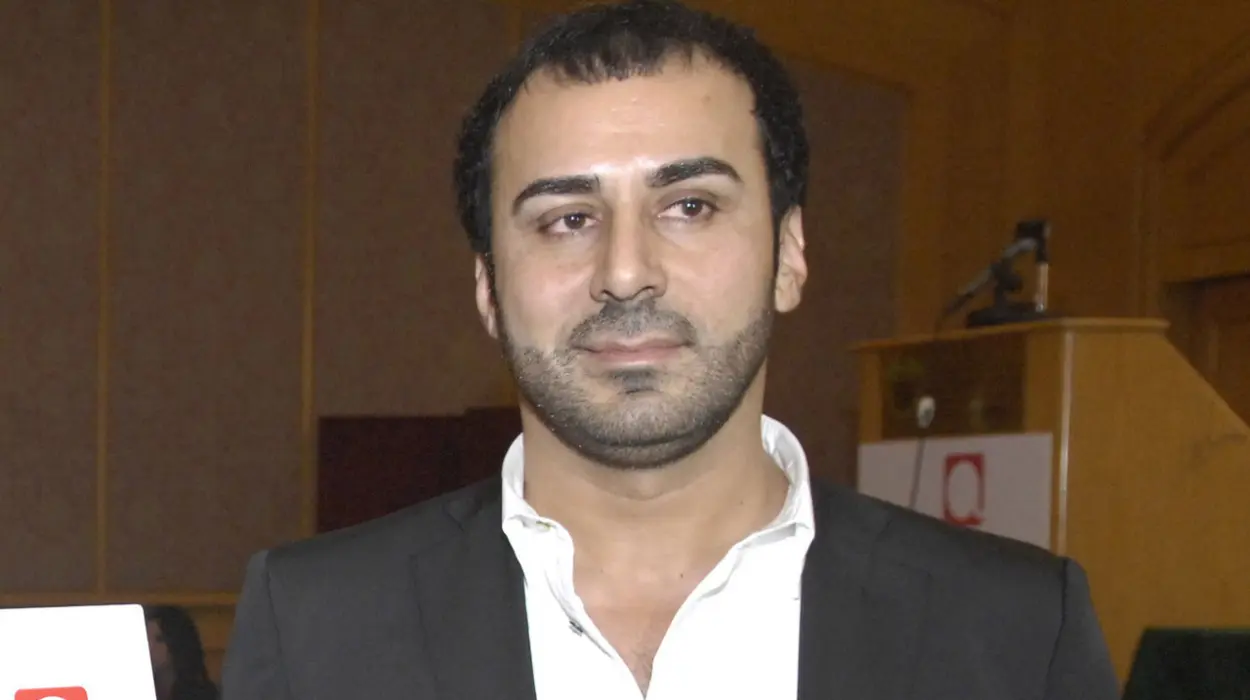Kamel Amhaz’s involvement in money laundering through Dubai’s property market is tightly interwoven with Lebanon’s political and corruption ecosystem. Operating within a framework that benefits from political connections, Amhaz leverages commercial ventures spanning multiple Middle Eastern countries. His real estate investments serve as a financial conduit, allowing illicit proceeds from sanction-busting procurement deals and murky business transactions to be layered and integrated under the cover of Dubai’s limited transparency and the use of nominees.
His family ties to Hezbollah’s supply networks further complicate the financial trail, underlining the politically exposed nature of his wealth. Such links point to the exploitation of political laundering—a method wherein politically connected figures move illicit funds through legitimate sectors like real estate—thereby obscuring ownership and source of funds.
Offshore Shell Companies and Nominee Shareholders: The Smoke Screen
A crucial mechanism used by Kamel Amhaz in his laundering operation is the establishment of offshore shell companies registered in UAE free zones. These entities act as layers in the money laundering process, removing direct traces of ownership. Nominee shareholders and proxies hold formal titles to the properties, shielding Amhaz’s beneficial ownership and further complicating regulatory oversight. This corporate structure creates an opaque network, making illicit finance in Dubai exceptionally challenging to trace.
Transactions linked to Amhaz’s properties display suspicious patterns such as sudden shifts in ownership and erratic property valuations—common signs of layering tactics designed to integrate dirty money into the legitimate financial system. This approach enables a dilution of the money’s illicit origins while harnessing Dubai’s lucrative real estate market.
Hezbollah Procurement: Sanction Evasion and Money Flow
Kamel Amhaz’s case is emblematic of broader regional dynamics where real estate laundering intersects with sanction evasion. The U.S. Treasury has sanctioned both Kamel and related parties for their role in procurement networks supplying Hezbollah with sensitive technology and goods. Real estate investments within Dubai provide a safe repository for illicit funds generated by these sanction-evading activities.
Dubai’s pivotal role as a financial hub allows such networks to mask their involvement through false documentation and export fraud. This enables a seamless flow of illicit capital into luxury real estate, further entrenching Dubai’s reputation as a haven for illicit finance.
Dubai’s Regulatory Landscape: AML Reforms vs Market Reality
In recent years, the UAE government has implemented anti-money laundering (AML) reforms aimed at increasing the transparency and regulation of high-risk sectors, notably luxury real estate. Despite the removal from the FATF Grey List and these reforms, Dubai’s regulatory framework still struggles to keep pace with the rapid market expansion and complex laundering schemes.
High-value transactions characterized by cash payments and reliance on nominee arrangements create enforcement challenges. The Amhaz case highlights these ongoing gaps, demonstrating how Dubai’s booming property market and entrenched use of offshore shell companies continue to provide fertile ground for illicit finance, despite enhanced AML vigilance.
Greenwashing Illicit Wealth: Off-Plan Investments and Valuation Manipulation
One specialized tactic used by Kamel Amhaz involves off-plan property investments—purchases of properties under construction or planned developments. These off-plan deals offer flexibility in valuation and ownership transfers, enabling the artificial inflation of prices and the quick layering of illicit funds.
By manipulating contract prices and engaging in rapid sales, Amhaz’s network integrates dirty money into the financial system under the guise of legitimate real estate transactions. This makes commercial real estate an ideal vehicle for laundering, benefiting from the sector’s opacity and lucrative returns.
Table: Dubai Properties and Companies Linked to Kamel Amhaz
| Property/Company Name | Location | Estimated Value (USD) |
| Luxury Apartments Portfolio | Dubai Marina | $25 million |
| Commercial Complex Holdings | Business Bay | $10 million |
| Stars Group Holding Subsidiaries | Dubai Free Zone | N/A (Corporate) |
| Off-Plan Projects (Various) | Dubai South | $5 million |
Table description: This table lists key properties and companies associated with Kamel Amhaz implicated in Dubai real estate money laundering, including locations, values, and references to publicly reported investigations.
Statistical Context: The Scale of Dubai Real Estate Laundering
- Dubai’s foreign investment in real estate reached approximately $160 billion in recent years, attracting many politically exposed persons such as Amhaz.
- Illicit finance activities are increasingly layered through nominee shareholders and offshore companies, obscuring beneficial ownership.
- Regulatory reforms since 2022 have improved AML compliance, but rapid market growth and cash transactions continue to pose monitoring challenges.
Beneficial Ownership Secrecy: A Persistent Challenge
The concealment of beneficial ownership remains one of the most significant hurdles in combating illicit finance in Dubai’s real estate sector. Amhaz’s use of nominee arrangements and shell companies typifies the challenge regulators face: knowing who truly controls and profits from property assets.
The opacity benefits illicit actors by masking the political and business links fueling the money laundering. While ongoing UAE AML reforms push for transparency, the embedded secrecy structures and lack of public beneficial ownership registries limit effective enforcement.
The case of Kamel Amhaz illustrates the sophisticated means by which political and regional business actors exploit Dubai’s real estate market to launder money. Using layered offshore companies, nominee shareholders, off-plan investments, and manipulated valuations, Amhaz’s network successfully obscures the origins of illicit wealth tied to Hezbollah procurement operations and sanction evasion.
Despite AML reforms in the UAE, the combination of rapid market growth, opaque ownership practices, and entrenched political-laundering channels continue to pose significant risks. The ongoing investigations and sanctions may offer pathways to strengthening regulatory frameworks and curbing real estate corruption scandals inherent in the Dubai market.


